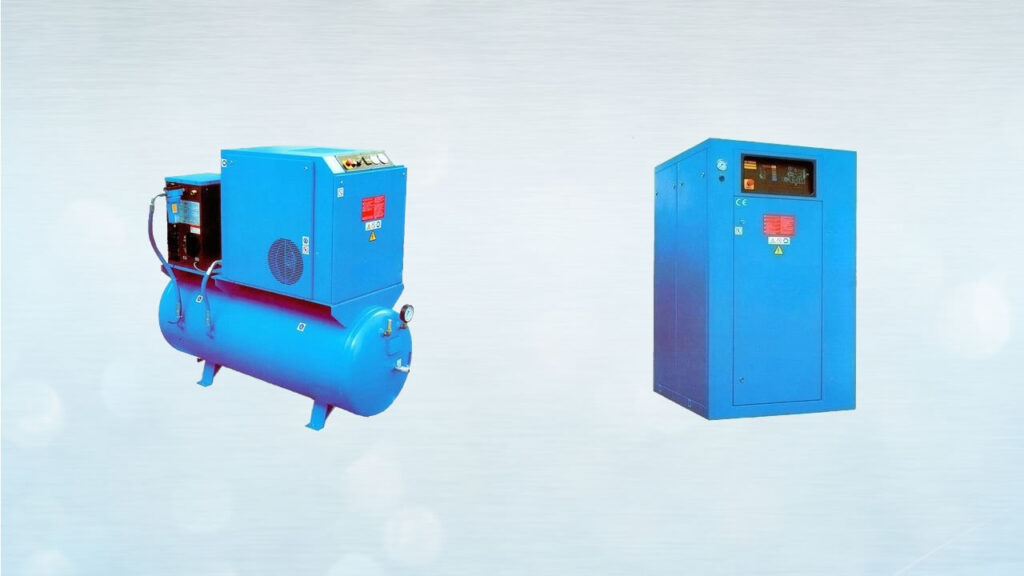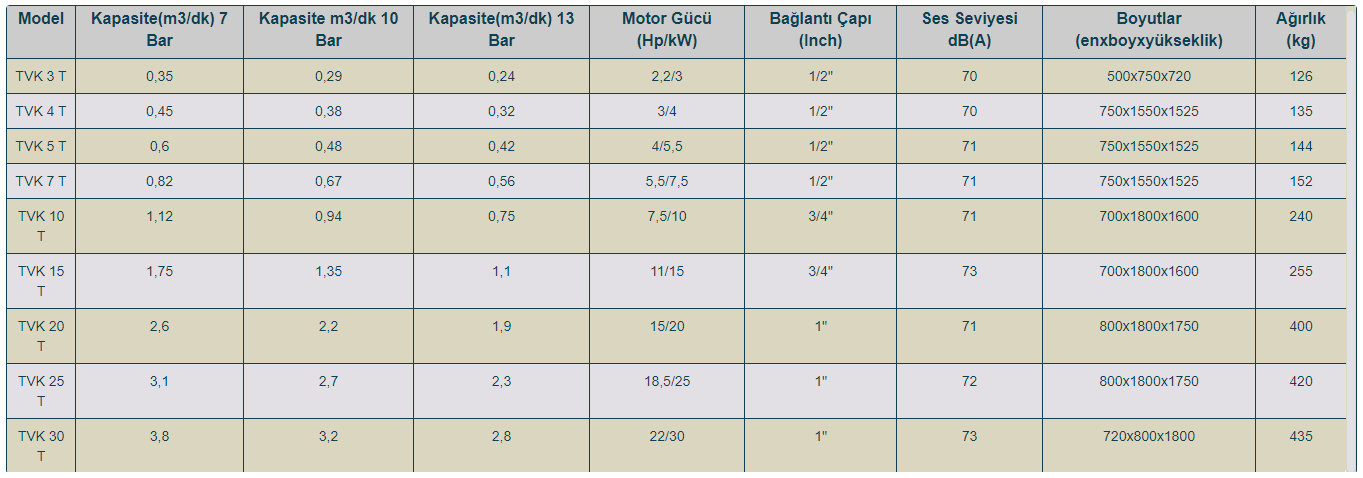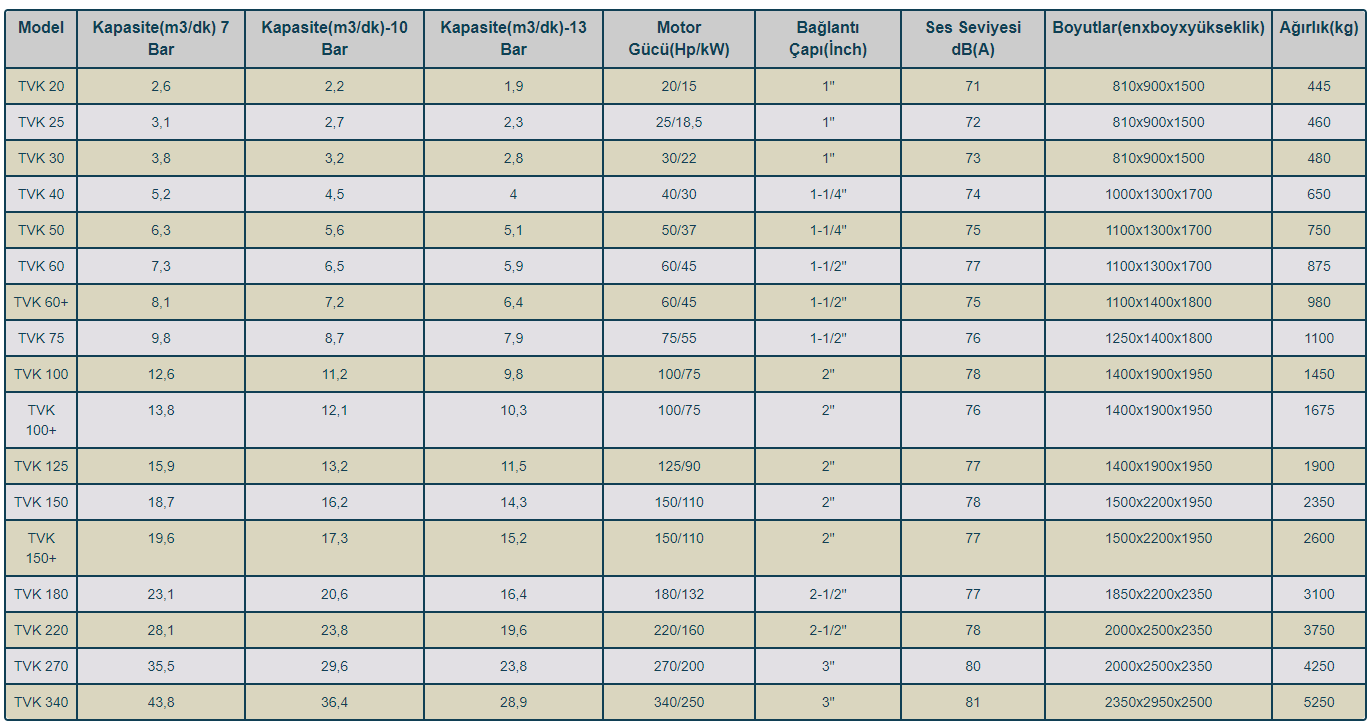Screw Compressor
- Home
- Compressors
- Screw Compressor
Screw Compressor

A screw compressor is a specialized machine used to compress air or other gases to a pressure higher than atmospheric pressure. It is the most preferred type of compressor in the market, operating on the principle of positive displacement. Unlike other compressors that utilize pistons, screw compressors use two interlocking helical rotors, making them distinct in design and function.
Historical Development
The modern screw compressor owes its design to Ljungstroms Angturbin and Alf Lysholm, whose extensive work led to the development of the patented dual screw compressor. The design was finalized with rotors having four lobes in the male rotor and five slots in the female rotor.
Working Principle
A screw compressor consists of two main helical rotors housed within a casing. The process begins when air is drawn into the space between the inlet valve and the rotating rotors. As the rotors turn, they reduce the volume of the trapped air, thereby compressing it. This compressed air is then mixed with oil to reduce heat and facilitate the sealing process. The air-oil mixture is directed to a tank called a separator, where the oil is separated from the air. The separated oil is either recirculated or directed to a cooling system depending on its temperature, regulated by a thermostatic valve.
Key components in the screw compressor include:
- Pressure Control Valve: Ensures air is retained until sufficient pressure is achieved for lubrication.
- Oil Filter: Removes harmful substances from the oil.
- Air Filter: Prevents large particles from entering the system.
- Unloading Valve: Releases excess pressure when the compressor is operating at a minimum level.
Types of Screw Compressors
Screw compressors are categorized into:
- Oil-Injected: Preferred for their longer working life due to the lubrication provided by oil.
- Oil-Free: Used when oil-free air is required, though they have different lubrication and cooling systems.
- Portable: Designed for mobility and versatility.
Components of Screw Compressors
- Screw Compressor Unit: Provides the required compressed air, typically operating between 7-8 bar pressure.
- Air Tank: Stabilizes pressure fluctuations and acts as an accumulator.
- General Purpose (Pre) Filters: Reduce the load on subsequent filters by removing larger particles.
- Refrigerant Cooler: Cools the compressed air, aiding in moisture removal.
- Precision Filter: Removes finer particles and residual oil, protecting downstream equipment.
Maintenance of Screw Compressors
Regular maintenance is crucial for the efficient and long-lasting operation of screw compressors. Maintenance tasks are categorized into types A, B, C, D, and E, each progressively more comprehensive.
- Type A Maintenance: Includes internal cleaning, radiator cleaning, belt tension adjustment, and electrical system checks.
- Type B Maintenance: Adds oil return and check valve inspections, filter cleaning, and oil changes.
- Type C Maintenance: Involves replacement of belts, thin hoses, and thermostatic valve kits.
- Type D Maintenance: Includes radiator replacement if necessary and inspection for damaged components.
- Type E Maintenance: Comprehensive, covering all previous tasks with a general and detailed maintenance focus.
Why Choose a Screw Compressor?
Selecting the right screw compressor involves considering several criteria:
- Type: Oil-injected, oil-free, portable, or a combination.
- Operating Pressure: Matching the pressure needs of your application.
- Engine Power: Dependent on the required air output.
- Compressor Capacity: Ensuring the compressor can meet the air demand.
By aligning these factors with your operational needs, you can ensure the longevity and efficiency of your screw compressor.


